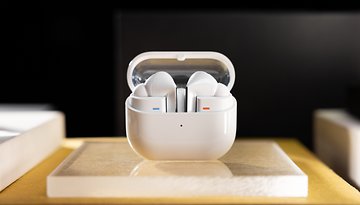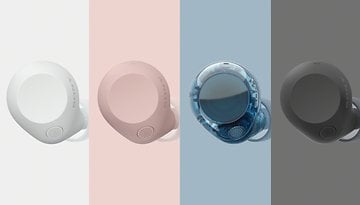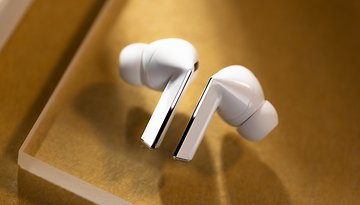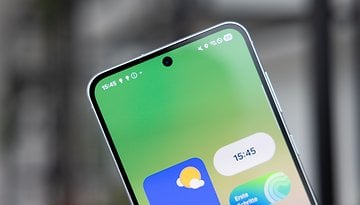With Its Latest Headphones, Sennheiser Rightfully Mocks Gimmicky Trends


The Germans don't mess around, as the latest Sennheiser Momentum True Wireless 4 headphones proved. Bose, Apple, and, to a lesser extent, Sony, have all indulged in 360° audio for their wireless headphones. Not Sennheiser, though. The manufacturer continued to focus on audio quality, even if it meant sacrificing a very popular feature (with manufacturers). In my opinion, this is a very commendable philosophy, albeit a very risky one.
Yes, I know, the legendary Germanic seriousness is a stereotype. However, I have the right to be serious as I have the literal birthright considering how Germany is my country of birth and I currently live here still. The topic is not about me though, as we are talking about Sennheiser. The manufacturer recently announced new products at CES 2024. Among them are the new flagship wireless headphones, the Sennheiser Momentum TW 4, which will replace the Momentum TW 3 (review) that was released in 2022.
Surprise, surprise. Sennheiser did not give in to the 360° audio craze like Bose with its Bose QC Ultra Earbuds (review) or Sony with its Sony WF-1000XM5 (review). Instead, the Sennheiser Momentum TW 4, co-developed with Qualcomm, incorporated the aptX lossless codec or Qualcomm RF Front End technology. In short, its functions focused on audio quality and Bluetooth connection quality/stability instead.
It is certainly going against the grain where market direction is concerned. Personally, I think that is a good thing. However, does Sennheiser really understand its target market?
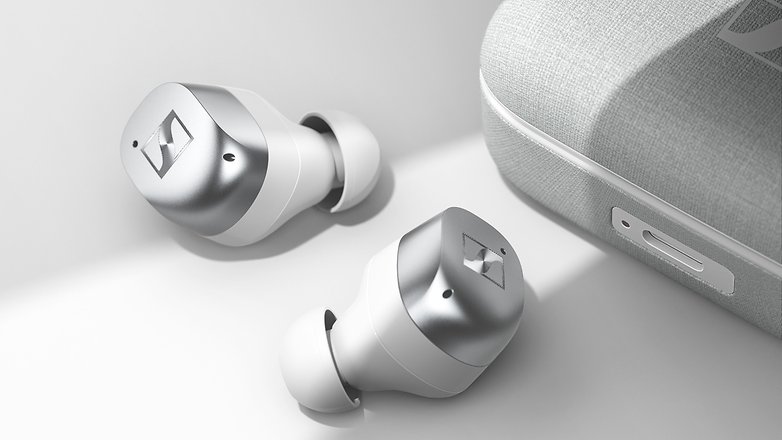
Quality rather than quantity of features
The Sennheiser Momentum TW 4 is unique as it was co-developed with Qualcomm. This means they benefit from the feature package of the Qualcomm S5 Sound Gen 2 chip and Snapdragon Sound.
I'm talking about the Bluetooth aptX Lossless codec in particular, which promises lossless playback. It is not really lossless in nature. It lets you listen to tracks in "CD quality" (16-bit / 44.1kHz). While that is not Hi-Res, it is still a lot better than the hyper-compressed MP3s you listen to on Spotify.
Another interesting feature is Qualcomm's RF Front End technology. It promises to improve antenna sensitivity and thus lower latency, reduce distortion concerns, and increase signal stability.
Why am I telling you all this? When I read an audio product datasheet, I look at driver size, frequency response, and supported audio codecs. All these elements influence the ability of the headphones to reproduce sound more or less faithfully and stably.
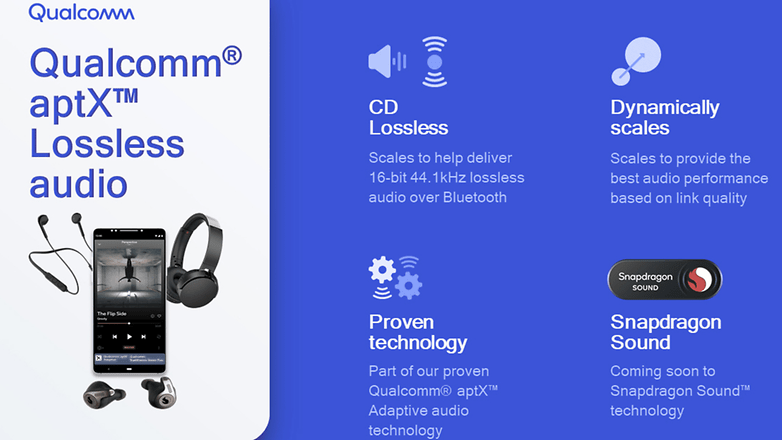
Take Bose and Apple, two of the more famous mainstream manufacturers. Every reviewer and user will tell you that the audio quality is, at the bare minimum, very good. Yet, these brands' headphones often have very, very basic technical specifications.
On-board SBC and AAC codecs are the bare minimum that every manufacturer must offer. The frequency response of 20 to 20,000 Hz corresponds to the theoretical average of what the human ear can perceive. Once again, it is at the lowest common denominator here.
In short, when I choose or review Bluetooth headphones or true wireless earphones, I like models that offer a little more. Sennheiser follows this logic (Sony as well. Don't worry fanboys, that's not the point).
So by sacrificing 360° audio, which is a gimmick, for better audio quality, that is not such a bad idea after all, right?

My eardrums are full of 360° audio
For the moment, 360° audio is a gimmick in my eyes, and I have found no real practical use for it. Personally, I've tested the spatial audio of the AirPods Pro 2 (review), the best solution on the market today. I've also tried Sony's alternative on several occasions, as well as Bose's "immersive sound" version. The latter is much less advanced on the Bose QC Ultra Earbuds (review) and Bose QC Ultra Headphones.
And once my reviews were over, I never touched those features again.
I also asked my colleagues around me to get a grasp of the situation. Two of them, who use Apple's spatial audio, explained that the function became boring to them after a while. They claimed the sound was not evenly distributed between each earpiece, depending on the position of the box.
As far as I'm concerned, the reduced level of detail and precision of the sound were the main issues. The difference in quality between normal stereo sound and 360° sound was still quite noticeable.
In short, 360° audio is a bit of a gimmick as far as I'm concerned. However, there are exceptions to the rule. If you were to listen to specially mixed/mastered tracks, it works very well. I found it difficult to imagine integrating this function into my regular use pattern on a lasting, regular basis. It's fun once in a while, but nothing more.
This begs the question: is this the case for the majority of users? I'd be genuinely interested to hear from those among you who use this function regularly. It does seem users' audio expectations are the problem with Sennheiser's strategy.
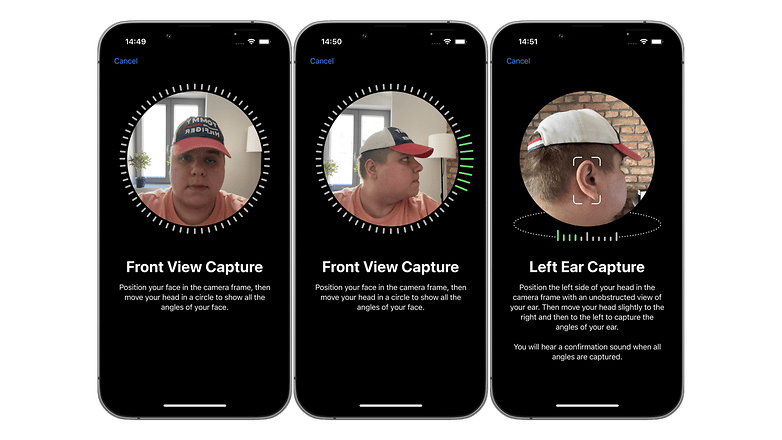
Don't we throw pearls to pigs?
In my criteria for buying a pair of headphones or earphones, audio quality is obviously at the top of the list. While I say "obviously", it is clearly not the case for everyone. Everyone has a very different requirement.
Therein lies the risk of Sennheiser's strategy. Who stores FLAC files or CD-quality tracks on their smartphone? Who uses an audiophile player priced between $300 and $800 to listen to their music? Who has a smartphone compatible with Snapdragon Sound?
This last question shouldn't be too much of a problem. Many Android flagships from 2023 are compatible, and high-end smartphones from 2024 should support Snapdragon Sound with their Snapdragon 8 Gen 3 SoC. I can't see iPhone users using anything other than AirPods (comparison) anyway.
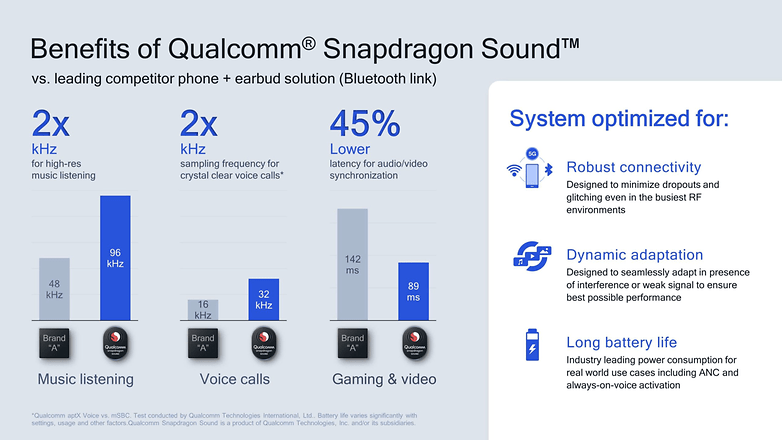
Putting all these considerations aside, Sennheiser exposed itself to two major risks.
First, almost all potential buyers listen to compressed streaming music. The audiophile market is an elitist niche that thumbs its nose at wireless headphones. And the consumer market, totally enamored by AirPods, dabs its earbuds with the brush of indifference when it comes to audio quality.
Let's look at it from a theoretical angle. Let's admit that people are receptive to the idea. Let's say they want better audio quality. Will the difference in audio quality between the Sennheiser Momentum TW4 and the competition be significant enough to make a difference? Nothing is less certain.
Back to 360° audio. Definitely, it's a gimmick, but it's a notable feature. It's magical: you activate the function and the sound engulfs you. You can literally hear the difference immediately.
Would you be able to immediately hear the difference between sound with a bit rate of 1,000 kbp/s (as promised by the Momentum TW4's aptX Lossless codec) and sound with a bit rate of 320 kbp/s (the maximum offered by Spotify Premium)? I don't think so.
And even if your hearing is sensitive enough, would it be a big enough improvement for you to be willing to forego a major feature? For me, yes! However, I doubt my opinion resonates with the majority.
Is Qualcomm's Lossless sound really lossless?
I could have stopped this article right here and now. But I'd like to say a few words about how Qualcomm's aptX Lossless codec works, as supported by the Sennheiser Momentum TW 4.
We're talking here about listening to tracks in lossless CD quality. What is CD quality? The bit rate of a CD-quality file is 1,411 kpb/s.
Broadcasting your music via Bluetooth necessarily involves some degree of compression, and therefore some loss of information. Hence, even if your headphones, with their codec and CD quality support, compression will happen during wireless transmission. The aim of implementing a more or less efficient codec is to limit this loss.
Let's take a look at the two most widely used "efficient" codecs of the moment: Qualcomm's aptX HD and, above all, Sony's LDAC. The aptX HD codec is capable of reaching 576 kbp/s, while LDAC maxes out at 990 kbp/s. This is insufficient to guarantee uncompressed CD-quality playback.
With aptX Lossless, Qualcomm promises a data rate of between 1,100 and 1,200 kbp/s. This still implies compression, but Qualcomm assures us that its process enables mathematically perfect "bit-for-bit" conversion. So, theoretically, there will be no loss of music if the environment is not too polluted by radio frequencies.
However, that is a best-case scenario. The codec will always adapt itself, and therefore compression occurs, according to your environment and interference, to ensure stable transmission. The Sennheiser Momentum TW 4, therefore, comes very close to lossless CD quality, but there will still be losses.
It is exactly this point that ties in with the one I developed in the previous section of this decidedly lengthy prose. Only those obsessed with technical specifications are interested in this kind of detail. Differences in bitrate and compression do not speak to the public much.
At the same time, this reasoning must be set against the price of headphones. The Sennheiser Momentum TW 4 will be available in February 2024 and sell for $299.95. If I were to drop $300 on a pair of headphones, do I want 360° sound that I'll only use occasionally for fun, or do I want sound that's technically superior to the competition at all times?

